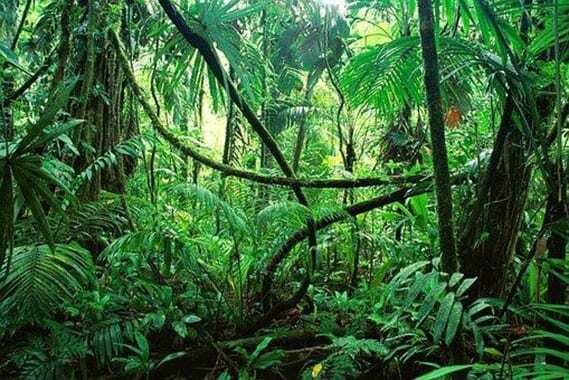Guyana State of the Environment 2016 Report
09/2015-12/2015

Through the State of Environment (SoE) Report and Country Environment Profile (CEP), the United Nations Development Programme (UNDP) aims at supporting strategic planning and decision making with respect to sustainable use of natural resources and monitoring. The Strategic Framework for the sector was intended to provide direction and input to the preparation of the SoE Report and CEP. The Report was part of the outcomes included in the Country Programme Action Plan (CPAP): Improved functional capacity of key natural resources and disaster risk management institutions. AAE was hired by UNDP to liaise with the Environmental Authorities to produce the SoE Report.
Main tasks
- Hold consultations with DNRE and UNDP and other relevant stakeholders;
- Develop an itinerary for visits to relevant stakeholders;
- Overview of environmental setting, demographics and socio-economic context;
- Institutional Framework, considering relevant legal, regulatory and policy aspects;
- Mapping of key donors/stakeholders, with list of completed and on-going projects they are engaged in;
- List of key academic (or other) publications and studies related to the environment/natural resources sector;
- Capture and document traditional, indigenous knowledge;
- Contact potential authors for a collaborative production of the SoE report with involvement from local actors;
- Natural resource base (forests, water – coastal and marine – biodiversity, etc.);
- Economic uses of natural resources using a watershed-based analytical approach;
- Pollution and environmental health aspects related to economic uses; Climate: rainfall; seasons; exposure to extreme weather conditions;
- Identification of key bottlenecks and challenges;
- Issues most relevant to the sustainability of Guyana’s natural resources and the environment as highlighted by the CEP;
- DPSIR analyses/Social-ecological resilience analyses as it relates to watershed management, resource use/livelihoods and development of productive/economic and other sectors, as well as opportunities;
- Recommendations for current and future governance and management, including the role of the private sector.
Main outputs
- First set of data on priority environmental issues that can be used in the future to develop more extensive State of Environment Reports for Guyana;
- Basis for additional work in different areas that have been prioritized during the consultation phase;
- Identification of the main issues that can contribute to continue improving the management of natural resources;
- and to focus research efforts in covering identified gaps.
Others projects of potential interest
Contact Us
- aae@aae.com.uy
- +598 2900 34 55
Office
- Plaza Independencia 808, Apt. 1001 11000 Montevideo, Uruguay

